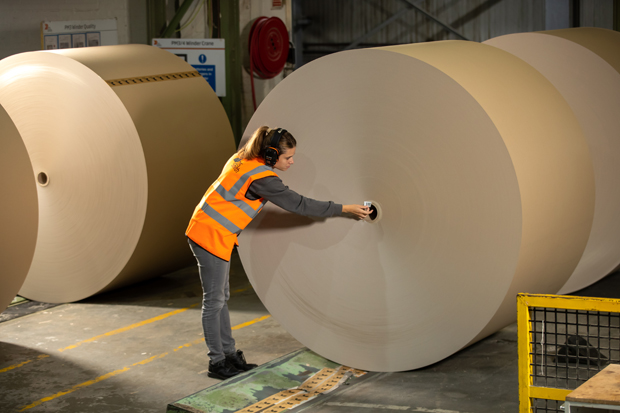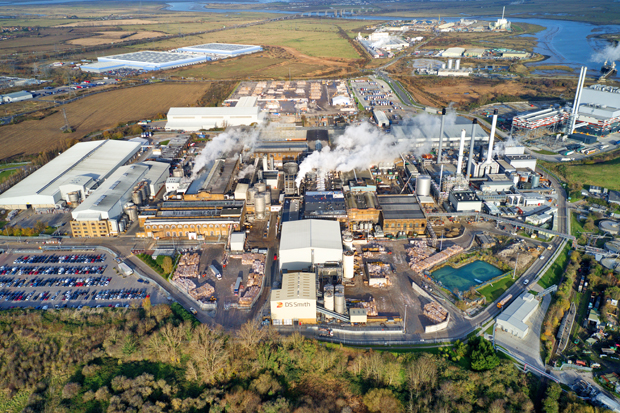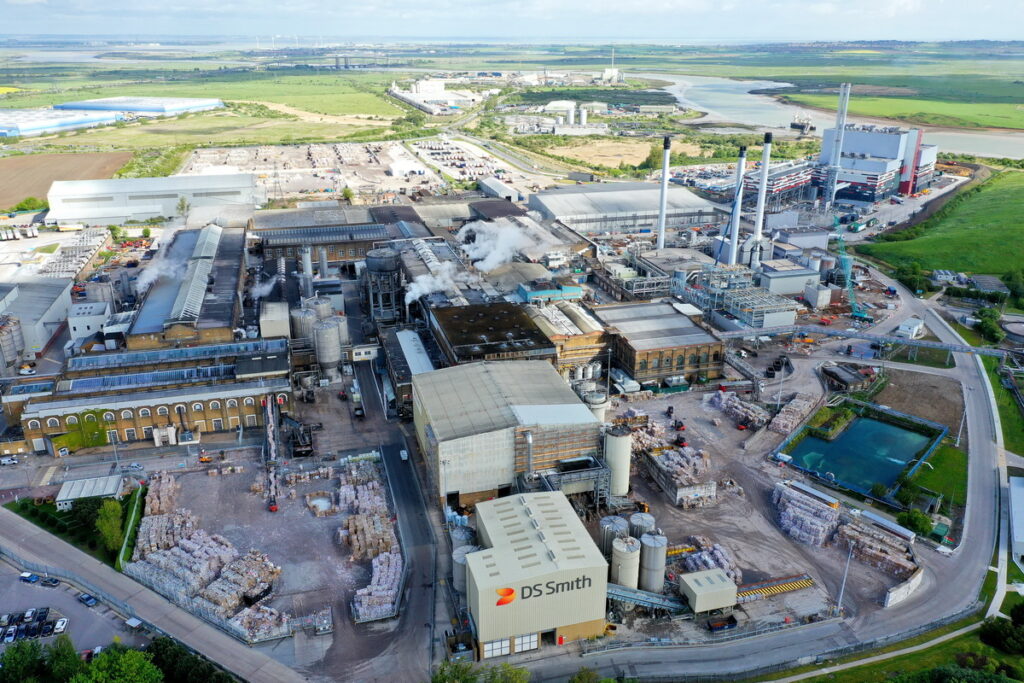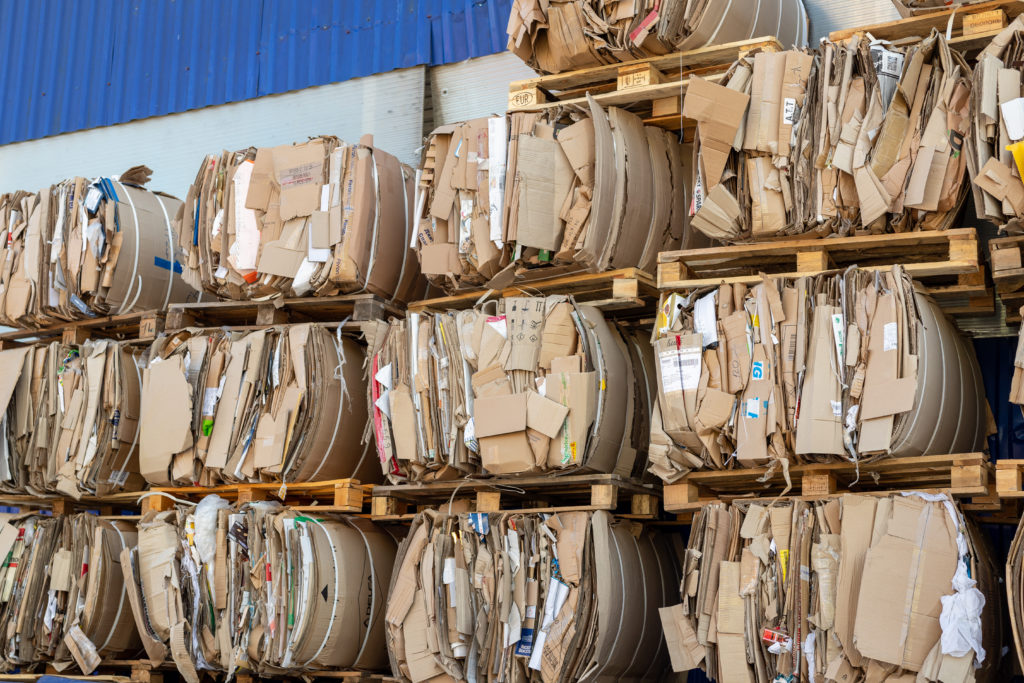Speaking to letsrecycle.com, the company’s director of strategy and innovation, John Melia emphasised how important quality was to paper production and the advantages of collecting material in a source separated route.
And, he warned that under the new Extended Producer Responsibility system, brand owners would not expect TEEP rules to be “too easily applied”. He commented that use of the economics clause in a TEEP exemption by a local authority – to allow commingling – would need to be scrutinised more closely than has been the case.
The issue of contamination in supplies, primarily from within material collected by local authorities, has become even more important for DS Smith with the growth of E-Commerce, said Mr Melia. Partly this is because the company is sourcing more waste paper from the household waste stream in light of the big growth in E-Commerce and home deliveries during the Covid years.

Paper mills
He explains that in total, DS Smith has 13 mills in the European Union and two in the United States, producing over 4 million tonnes of paper per year. The company also has numerous packaging plants and employs 3,500 people in its paper division, with 30,000 employees overall.
In the UK it produces 840,000 tonnes of paper a year at Kemsley from nearly 1 million tonnes of collected ‘waste’ paper or as the sector prefers, ‘recovered paper or paper for recycling’. This 1 million tonnes input represents around a third of the waste paper recycled in the UK, about 6.5 million tonnes are actually collected with 3.5 million tonnes exported.
While Kemsley has not seen recent significant investment in its paper machines , there is still some expenditure. The site has a new paper testing laboratory along with significant developments on the water supply side. The mill also has an advantage in sourcing energy from its own CHP plant and heat too from the adjacent Enfinium energy from waste plant.
Contamination
But, he says that while there are developments at the mill, it is the input side which is also important. “Residents getting this right is crucial. We get a smaller contamination rate from kerbside separated material and we just don’t want the other things – plastic bottles and cans and other materials.”
Sending non-paper items to Kemsley means that the contrary items or contaminants are lost from the recycling stream, he notes, with the bulk going as waste to Enfinium.
He says that the decisions to be announced in the Consistency policy document will be essential for the future of recycling collections. “In this we would ideally like the government to mandate separately collected material because we know that the contamination we receive is halved by adopting a source-segregated route.”
However, acknowledging that the government might not entirely rule out commingled collections, where paper is collected with other materials, Mr Melia is adamant that collecting it separately remains the most important route in driving up recycling and ensuring outlets for the material: “Quality always finds a market.”
Under the definition with EPR, brands have, I think, a right to see that the systems adopted by local authorities are maximising recycling
TEEP
He has some strong views on the future interpretation of TEEP (whether technically, economically or environmentally practicable) which can be used to say that commingled collections are the suitable approach to a particular local authority collection. This is in relation to the future EPR system where local authorities will have their recycling costs met by brand owners via a new central body.
Should the government allow a concession for commingled collections to continue under the new EPR system, Mr Melia feels that when and if TEEP is applied, then “the economic section of that would have to be more rigorously applied under EPR. Under the definition with EPR, brands have, I think, a right to see that the systems adopted by local authorities are maximising recycling, that’s what they want to see.”
On contamination, he said that based on typical measurements, DS Smith would expect a 5% contamination level in MRF sourced materials but only 2.5% in source-separated collections. Difficult to make direct comparison, can be influenced by whether it is loose or baled.

Sources
In terms of sources of material, Mr Melia said that the “trend is the percentage of packaging material in household waste is increasing. As mixed becomes increasingly card rich becomes increasingly important as a source of waste. E-commerce saw a significant rise, but while it has dropped back but there has still been a step change with E-commerce.”












Subscribe for free